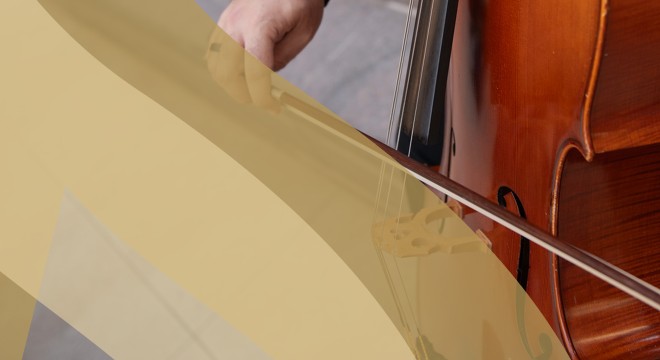In choosing a program entitled "The Americas," I thought it would be nice to feature some composers both from our country and from Latin America. In the first half of the program, we feature two fantastic "dance" composers—one from Mexico and one from Argentina. We begin with Arturo Márquez.
There are some pieces of music that are destined to find a permanent place in the standard repertory. Danzón No. 2 is one of those pieces. Mexican composer Arturo Márquez created a memorable dance that wins you over with its delightful tunefulness and infectious rhythms. There has been a crescendo of performances of Danzón No. 2 over the past 20 years, much to the delight of audiences throughout the world.
Arturo Márquez was born in the Sonora region of Mexico in 1950. In his youth, he was inspired by his father who was a fine musician and active violinist. The family moved to Los Angeles, California when Márquez was 12. He took up the violin, among other instruments, and developed a passion for writing music. He was an avid listener and once stated “my adolescence was spent listening to Javier Solis, sounds of mariachi, the Beatles, Doors, Carlos Santana and Chopin.” In his late teens, the family returned to Mexico and Márquez enrolled in the local Music Conservatory. He later studied composition in Paris and received a Fulbright to study in the U.S. where he enrolled in the California Institute of the Arts to pursue his MFA.
Márquez became infatuated with the sounds of the danzón in local dance halls in Mexico. This unique dance style is a fusion of music from Cuba and the Veracruz region of Mexico. It's a couples' dance, usually starting seductively slow and growing into a wild, exuberant display. Márquez made a brilliant decision to usher the danzón into to the concert hall by creating a series of eight danzóns for symphony orchestra. His second is by far the most popular and most widely performed.
Here is what Márquez wrote for the first performance of his Danzón No. 2:
“The idea of writing the Danzón 2 originated in 1993 during a trip to Malinalco with the painter Andrés Fonseca and the dancer Irene Martínez, both of whom have a special passion for the danzón, which they were able to transmit to me from the beginning, and also during later trips to Veracruz and visits to the Colonia Salon in Mexico City. From these experiences onward, I started to learn the danzón’s rhythms, its form, its melodic outline, and to listen to the old recordings by Acerina Mariano Merceron and his Danzonera Orchestra. I was fascinated and I started to understand that the apparent lightness of the danzón is only like a visiting card for a type of music full of sensuality and qualitative seriousness, a genre which old Mexican people continue to dance with a touch of nostalgia and a jubilant escape towards their own emotional world; we can fortunately still see this in the embrace between music and dance that occurs in the State of Veracruz and in the dance parlors of Mexico City.
“Danzón No. 2 … endeavors to get as close as possible to the dance, to its nostalgic melodies, to its wild rhythms, and although it violates its intimacy, its form and its harmonic language, it is a very personal way of paying my respects and expressing my emotions towards truly popular music.”
Márquez's Danzón has become so popular in Mexico that it is often referred to as their second National Anthem!
-- Steven Amundson








